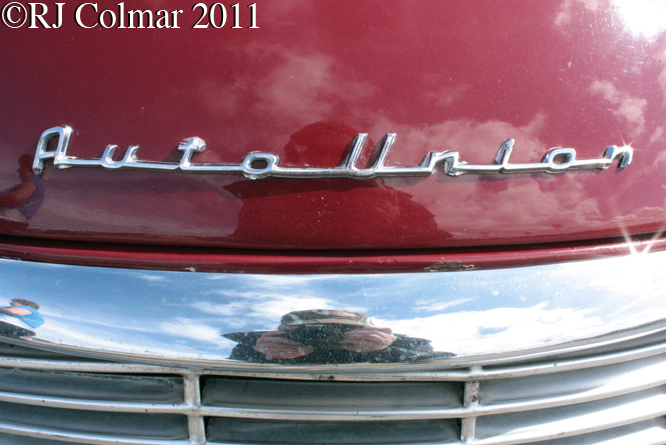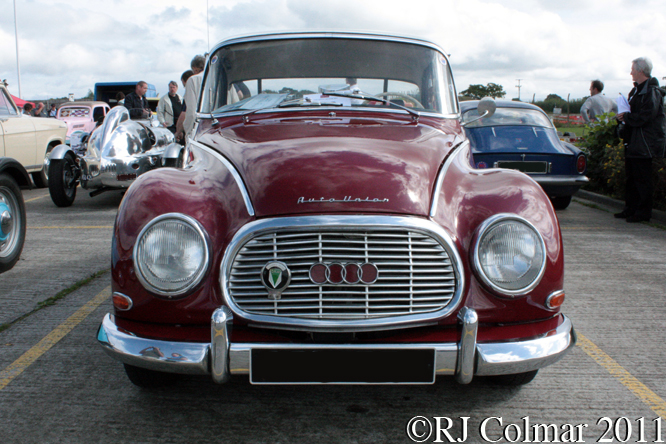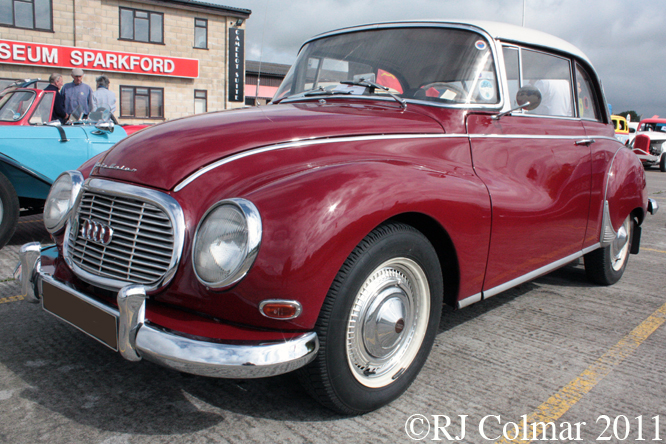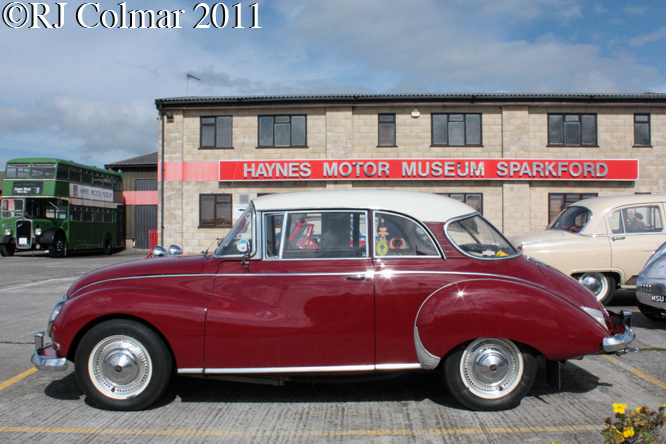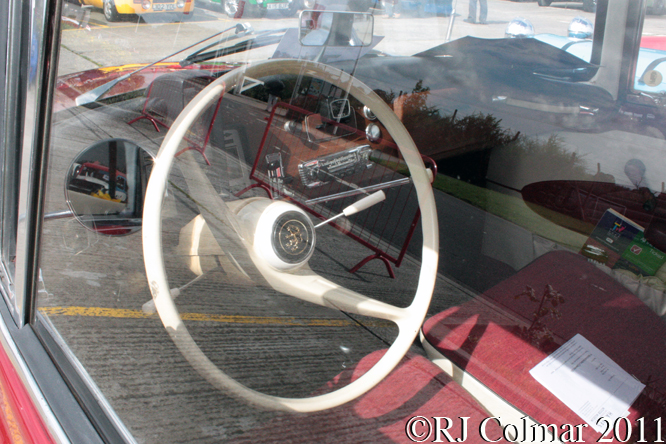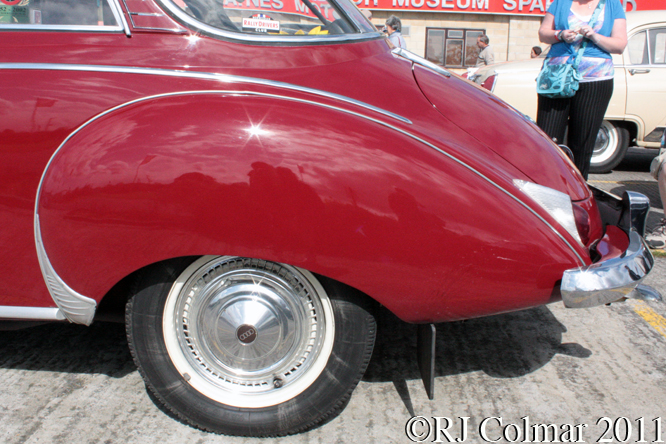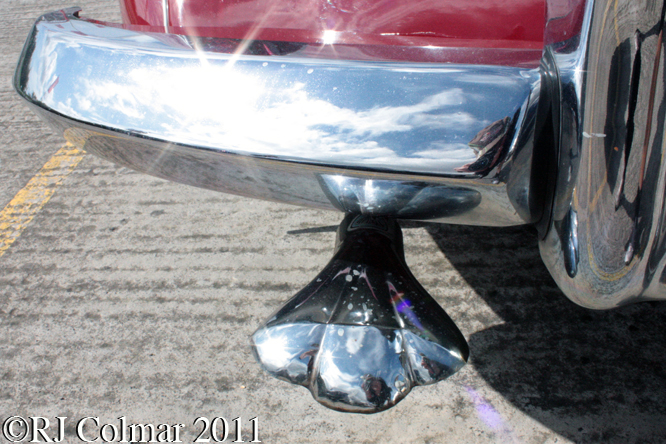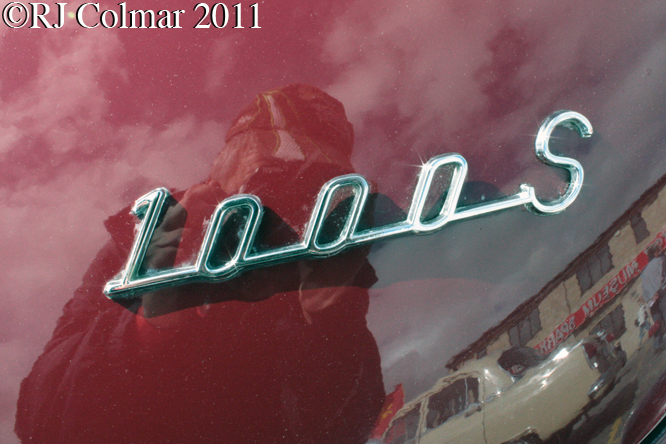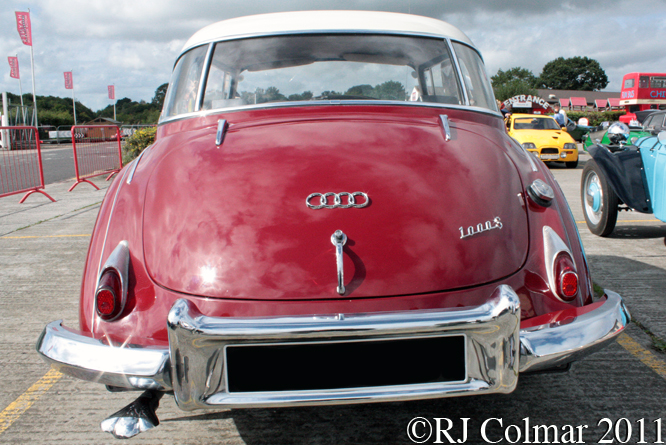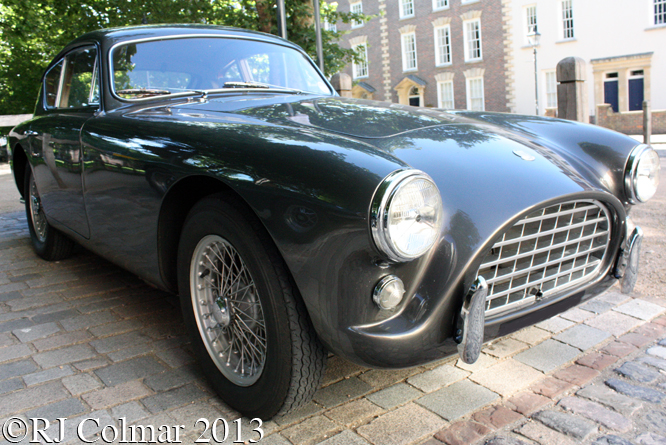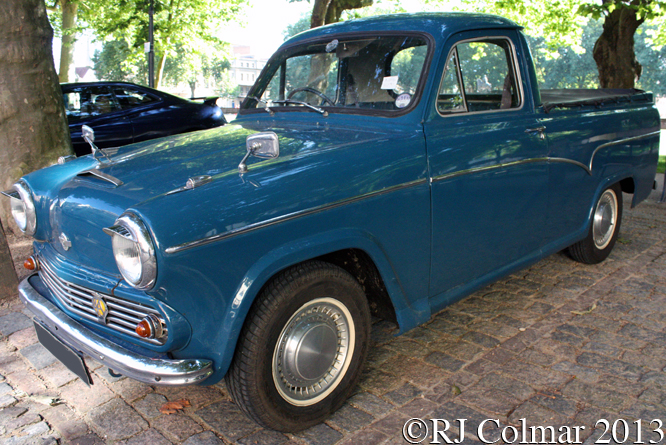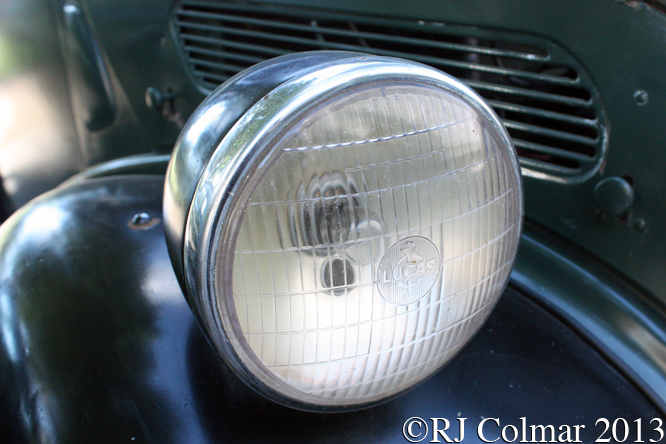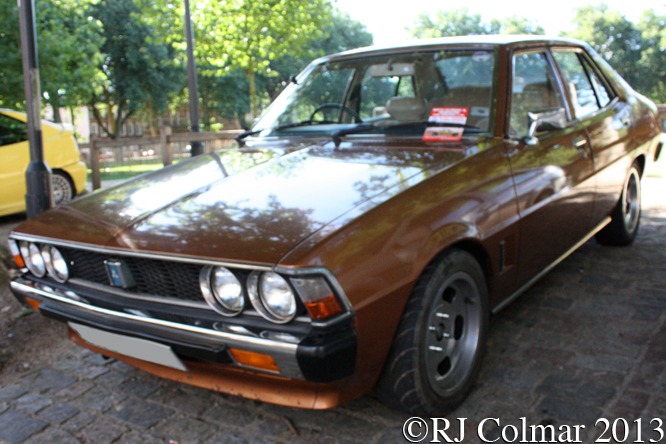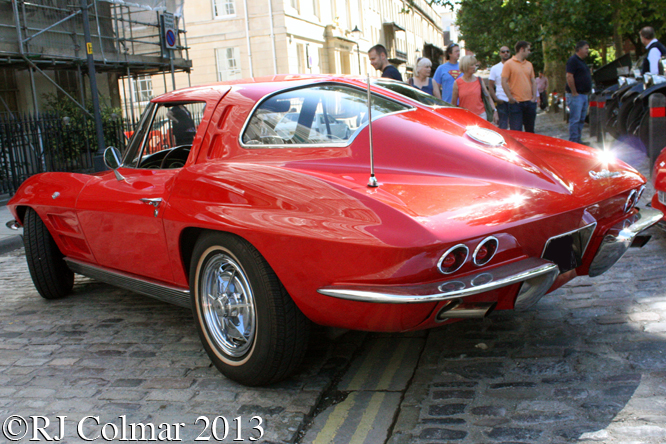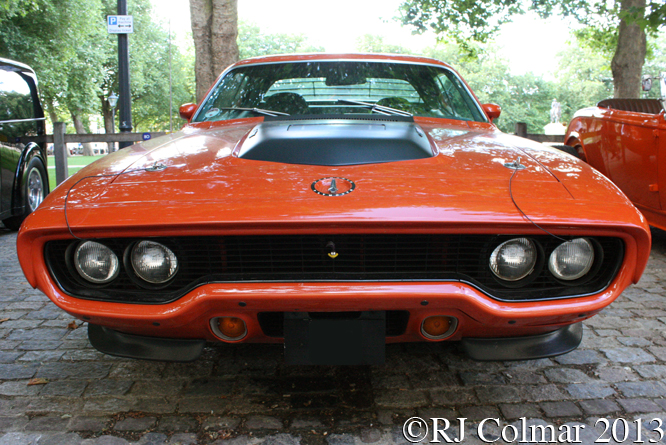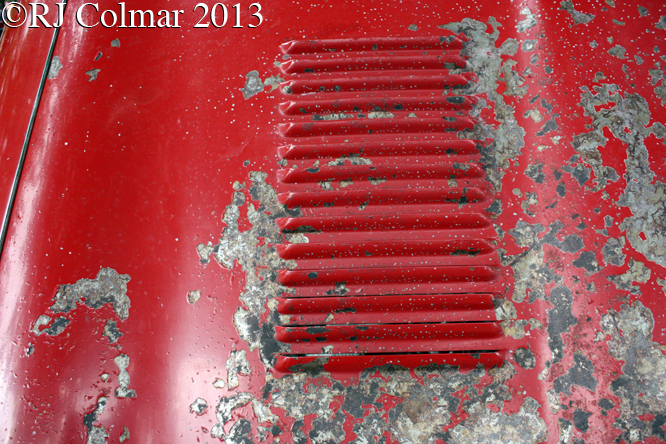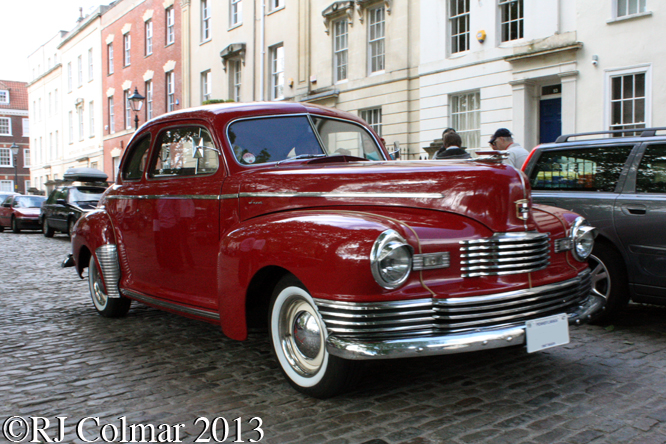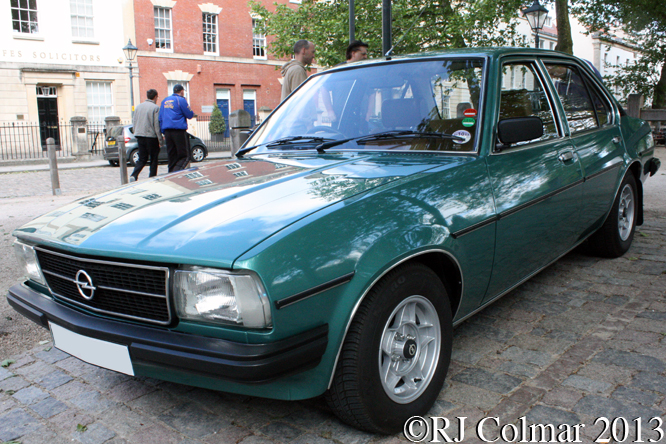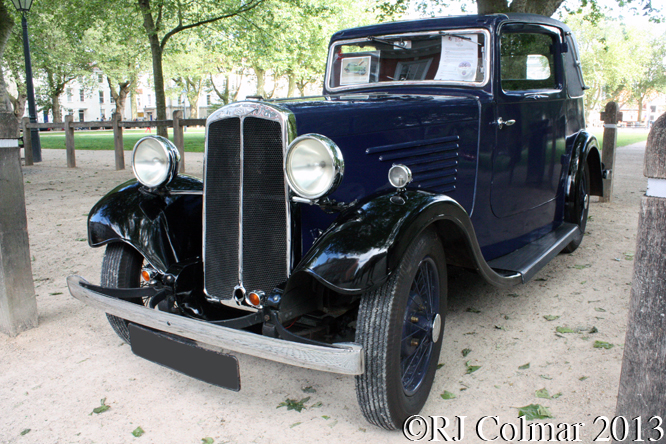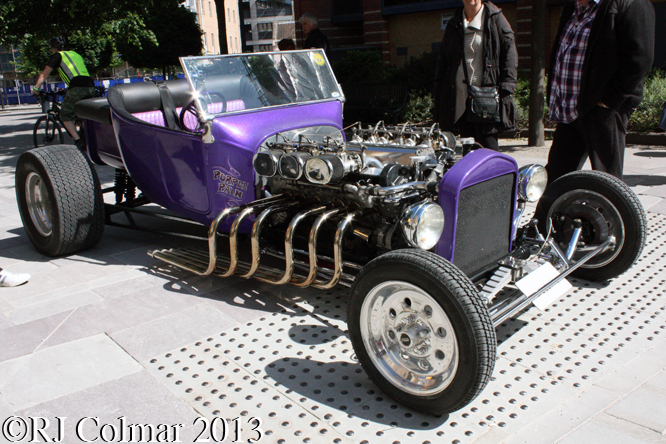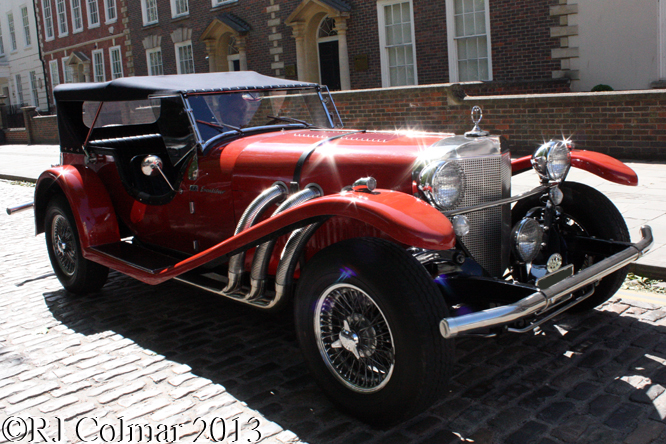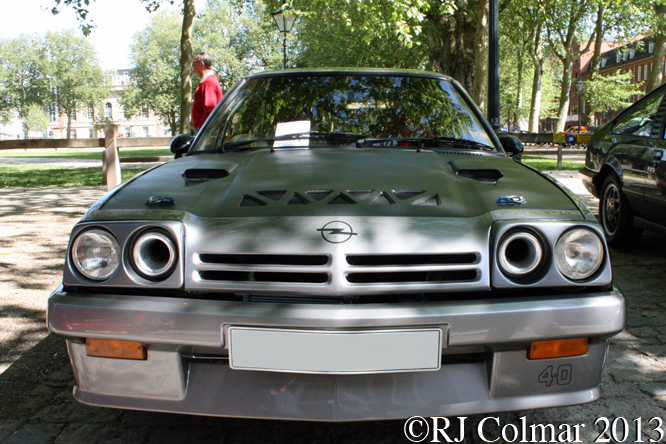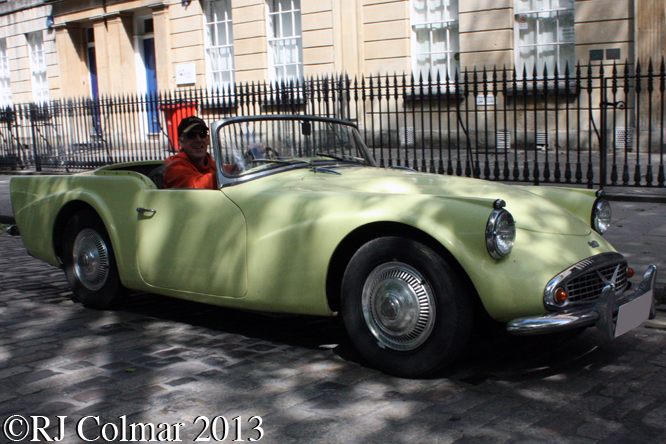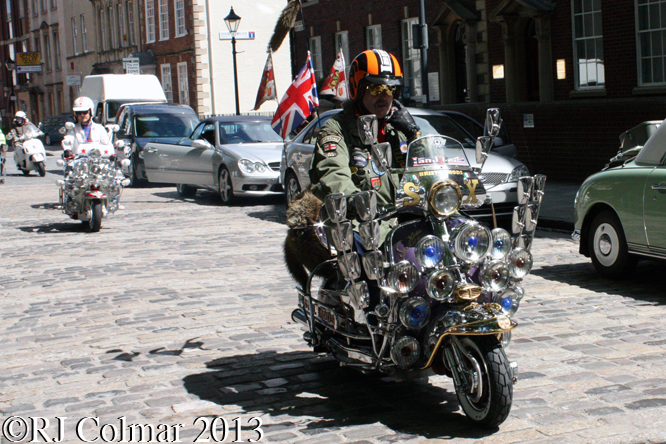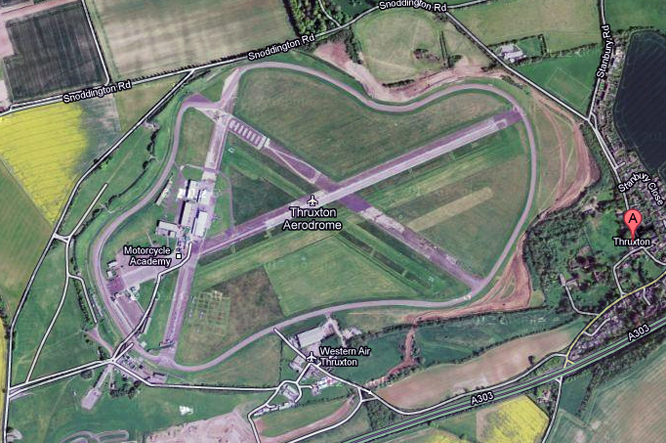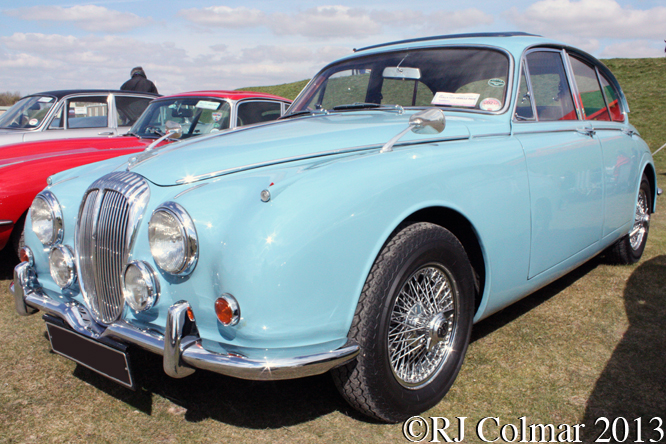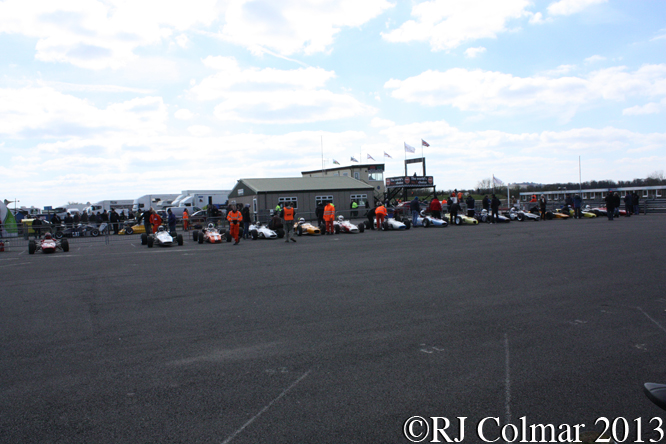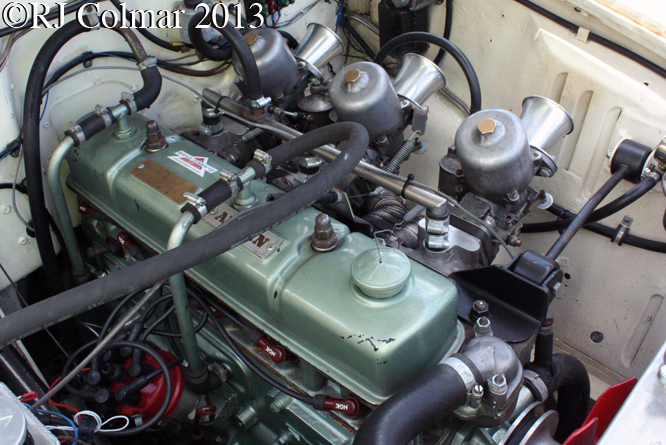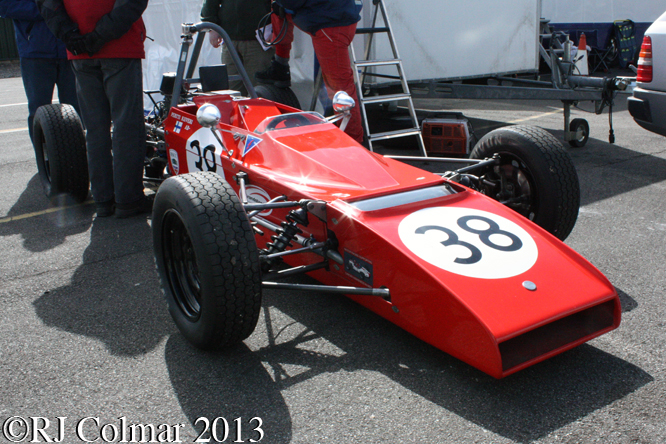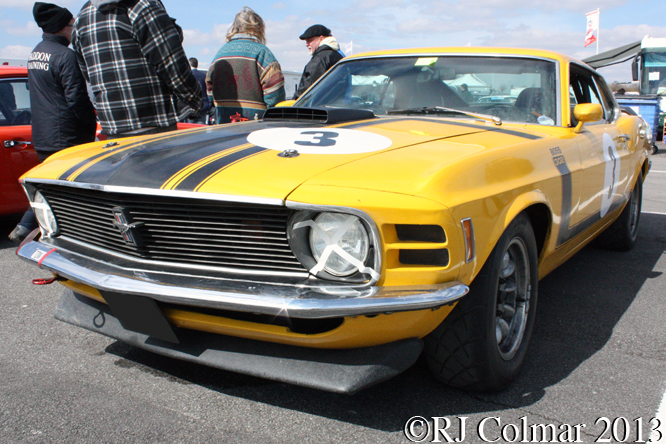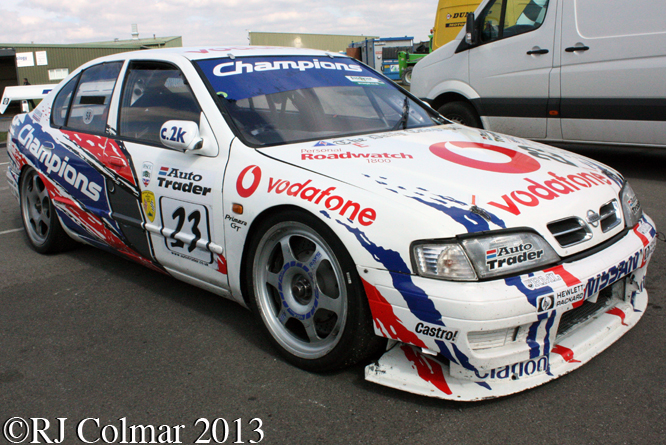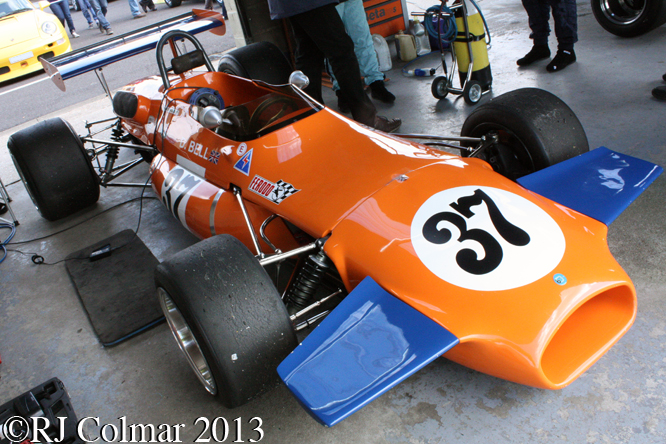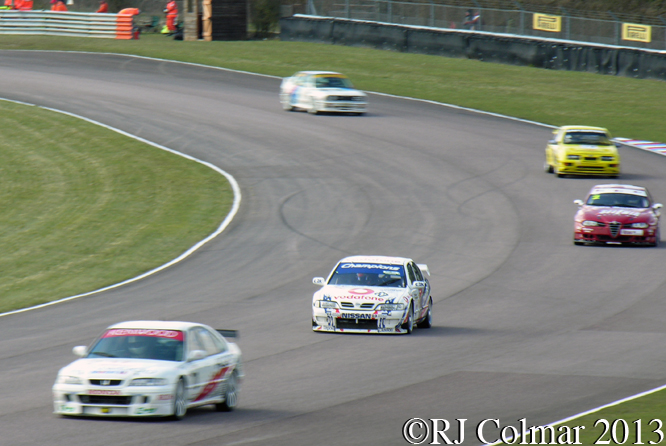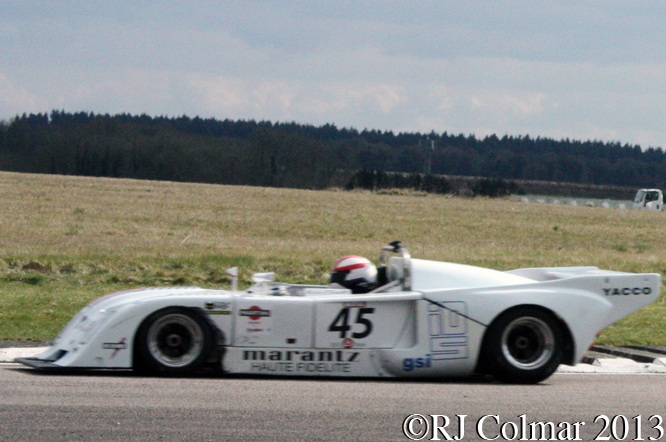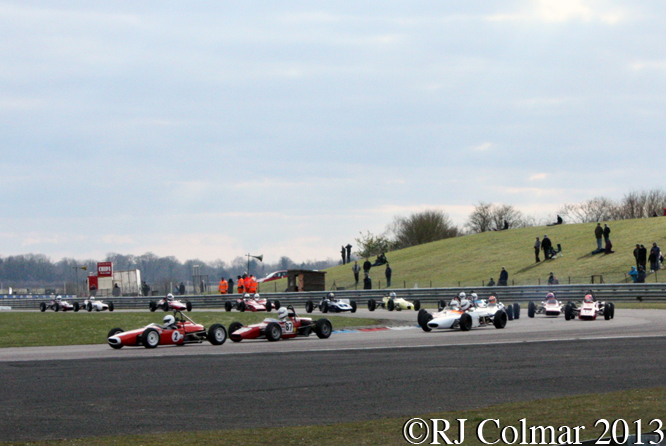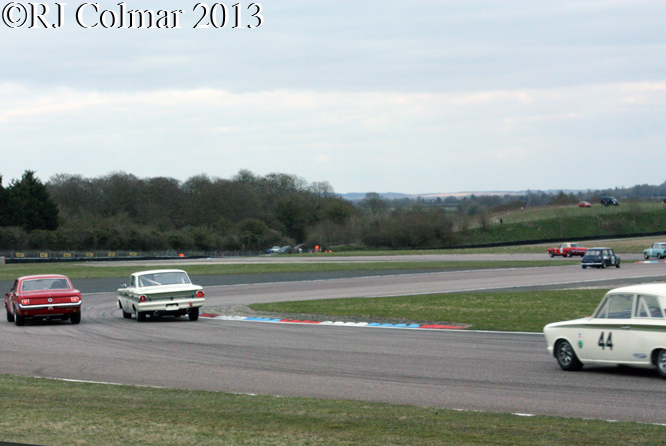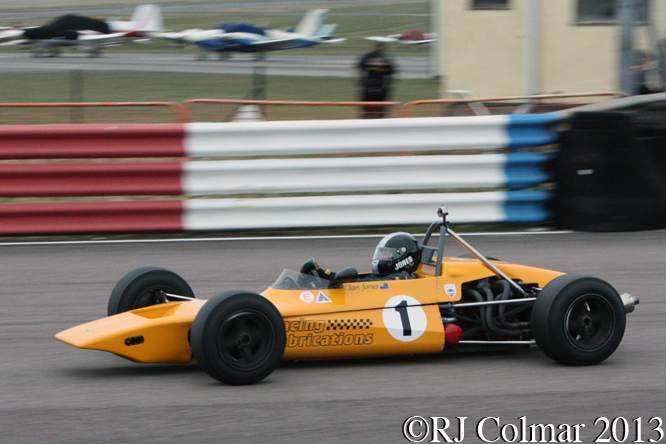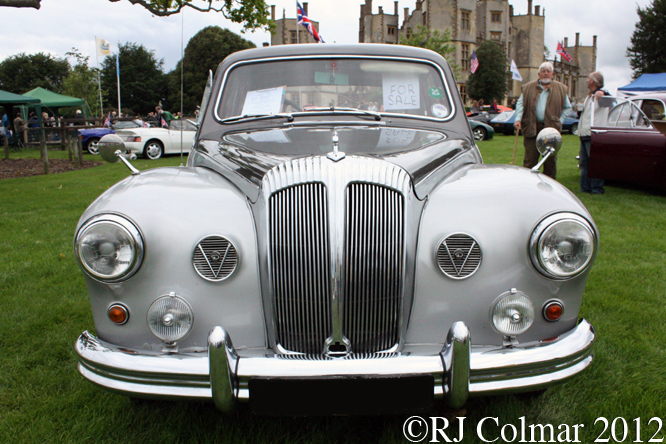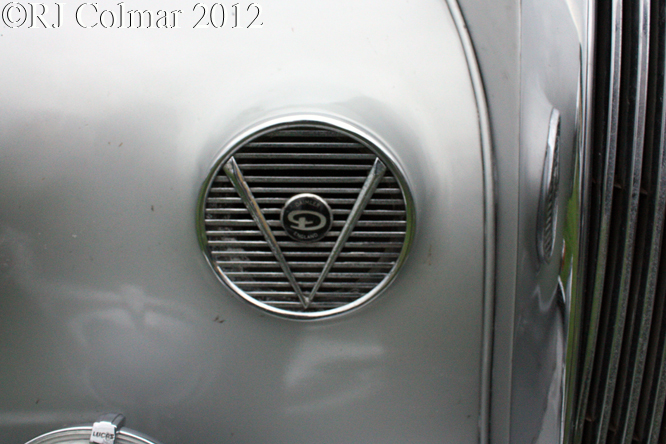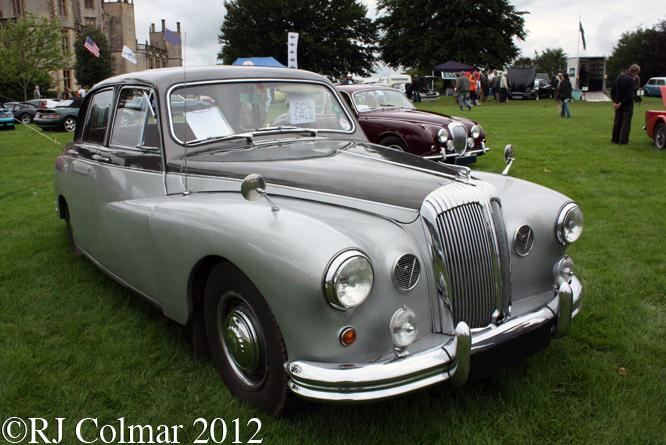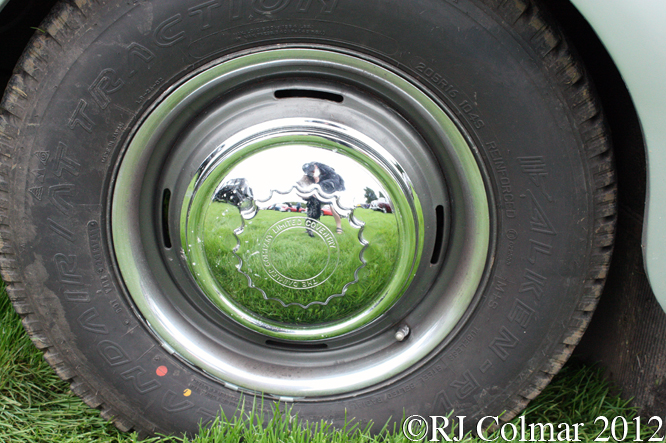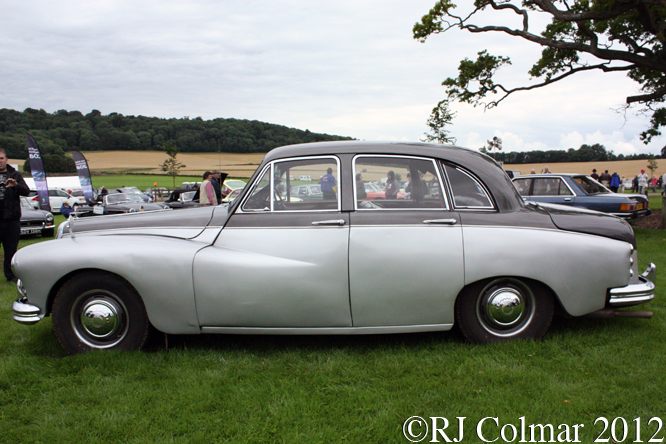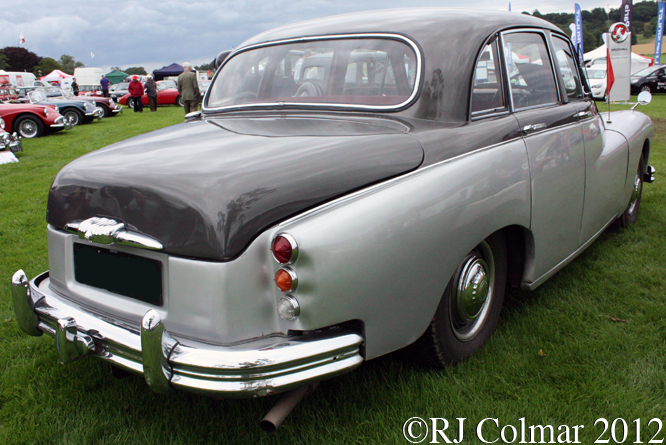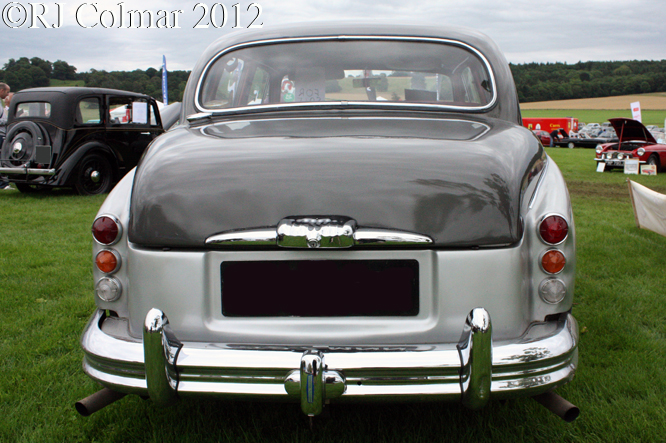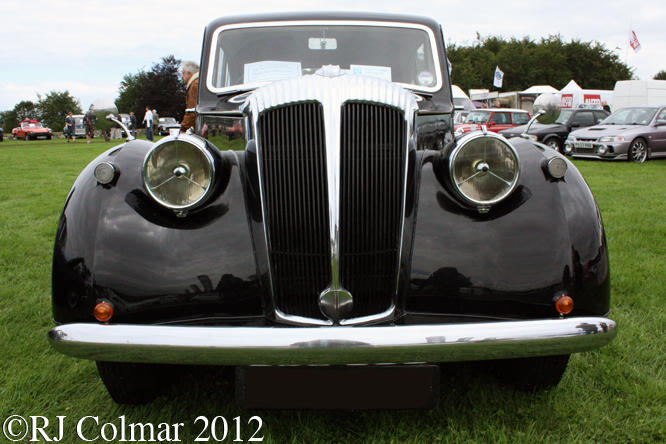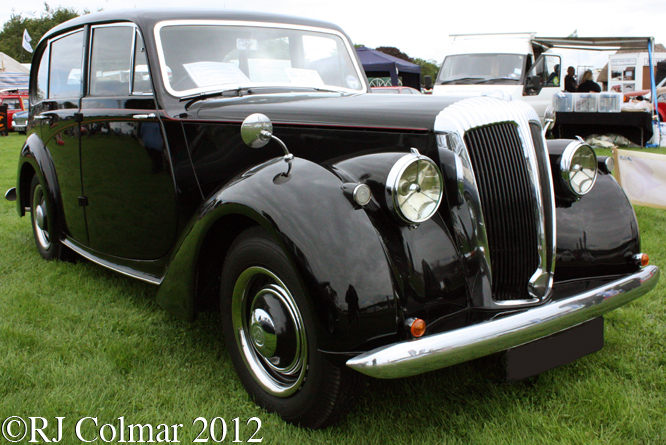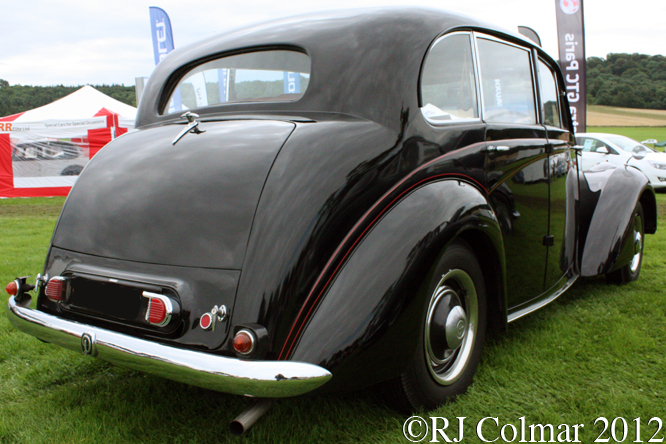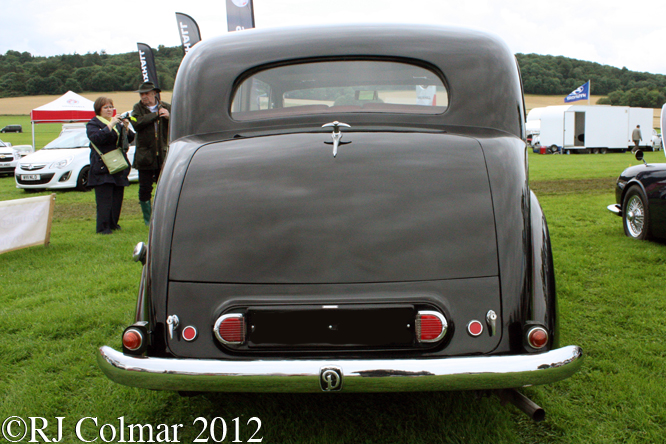Last weekend I joined my friends from the Bristol Pegasus Motor Club in the back of a Ford Transit and headed for the National Exhibition Center in Birmingham where the Classic Motor Show was in full swing.
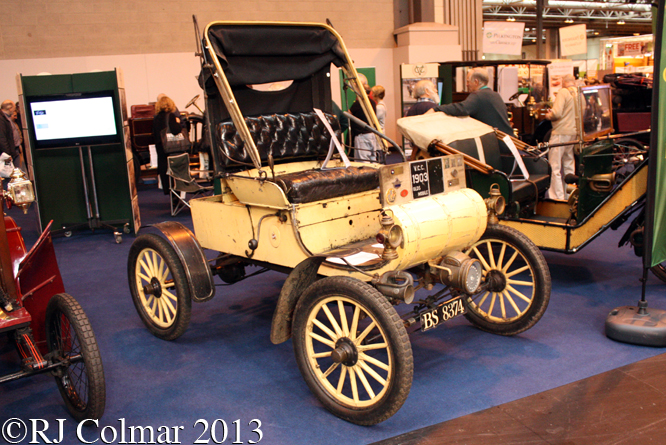
Amongst my favourites in the seven halls packed with cars was this 5hp single cylinder 1903 Oldsmobile Curved Dash a regular runner despite spending 50 years in the USA from 1950 to 2002 virtually unused.
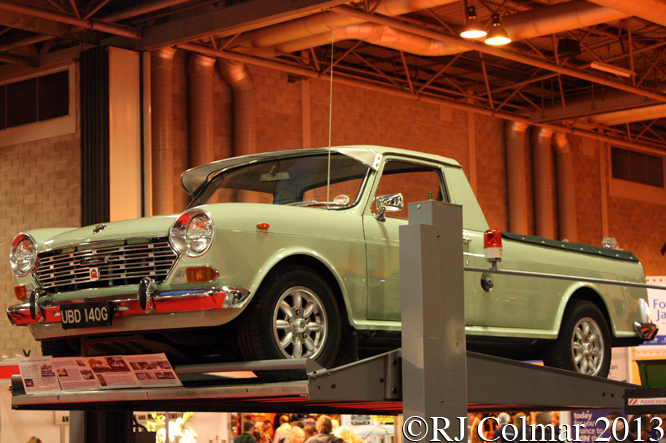
Austin was a well known British manufacturer which got swallowed up in the British Motor Corporation empire, to meet demand for a pick up in the Antipodes the Australian BMC plant devised the Austin 1800 UTE (Australian for Pickup) based on the front wheel drive ‘Landcrab’ ADO 17 platform. This was the first time I had seen such a vehicle.
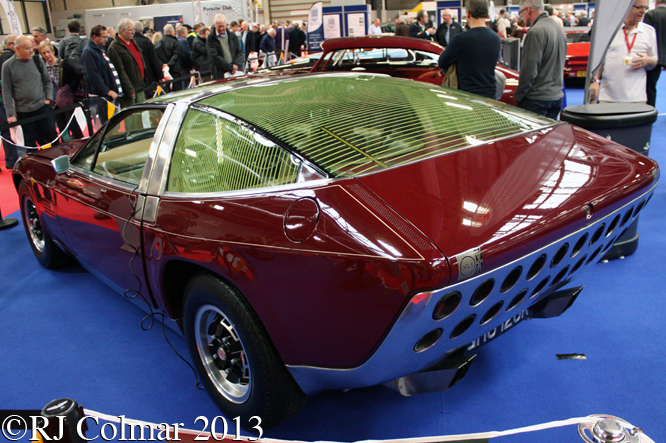
The Aston Martin DBS V8 Ogle was a concept car commissioned by WD & HO Wills to promote the then new brand of Sotherby cancer sticks, it was first seen at the 1972 Geneva Motor Show. Among the many interesting features were an array of no less than 22 rear lights which included sequential lights for indicating, the number of brake lights showing varied according to the brake pressure applied. So far as I can discern this is one of three Wills ordered a second car in Red and White to promote it’s Embassy brand and a middle aged lady is reputed to have paid £30,000 for a third.
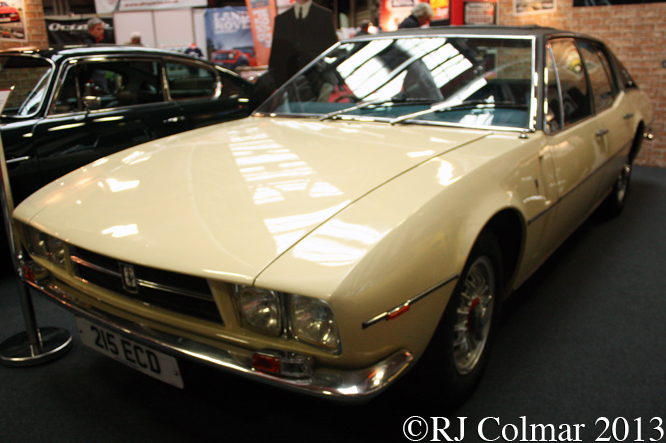
John Lennon is known to have been a somewhat reluctant driver, but he knew what he liked in a car and that was summed up in the Iso Rivolta Fidia, the one above is the second of three that he purchased. This one is unusual because it has a Chevrolet V8 motor in place of the standard Ford V8.

In the late 1970’s and 1980’s Vauxhalls and Opels became increasingly similar above is a Vauxhall Cavalier Sports Hatch which had much in common with the second generation Opel Manta. This particular one has body kit which makes it look even more like the Chevrolet Monza that inspired the design and a non standard turbocharged motor to improve it’s performance.
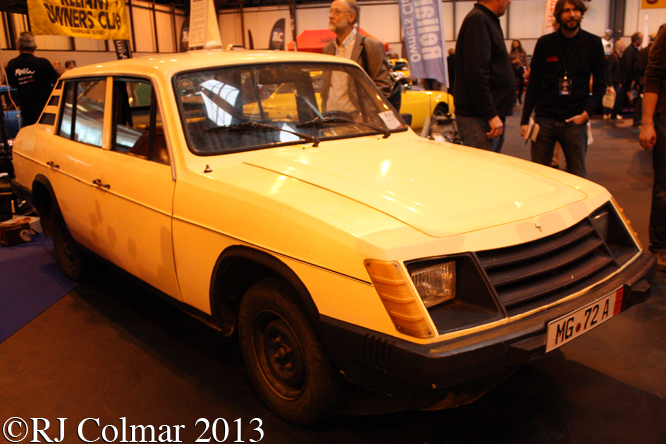
News to me at the motor show was that Turkey had an indigenous motor industry not only building vehicles from knock down kits but having a manufacturer Anadol who made cars initially to a design by the same Ogle who designed The Sotherby Special. For 1981 Anadol felt confident enough with it’s own design capabilities to launch the Ford Kent powered A8 model. Only 1013 were built when the plug was pulled in 1984. This one was driven over 5000 reliable miles to the UK from Turkey.
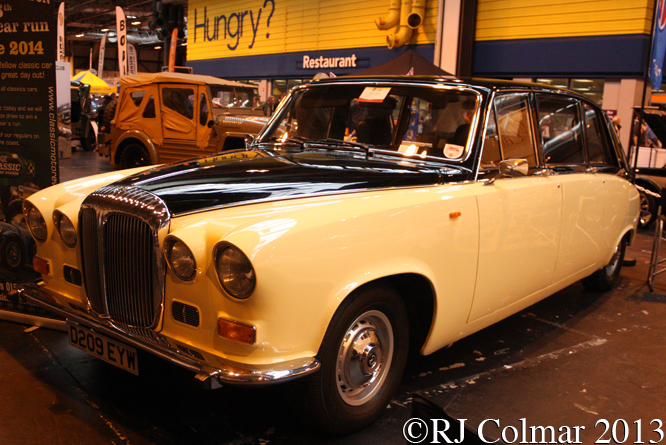
Sadly the Daimler DS420 limousine launched in 1968 was mostly made up of parts from the Jaguar parts bin including the XK engine. In fact the model was the last to be manufactured powered by the XK engine when production closed in 1992. The example seen here is from 1986/87.
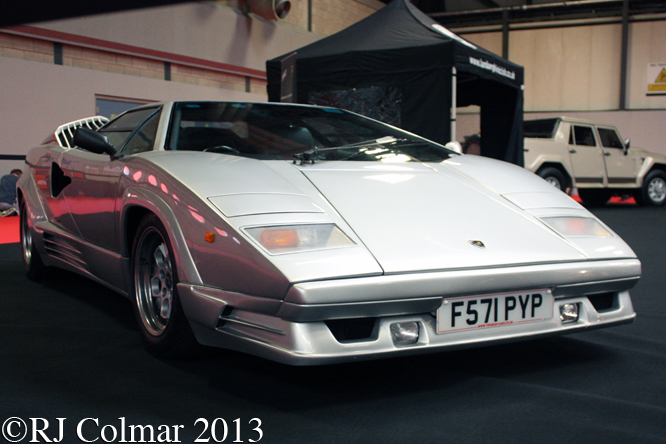
Celebrating 50 years of Lamborghini production was Lamborghini Club UK who’s display included this 1988 Lamborghini 25th Anniversary Countach.
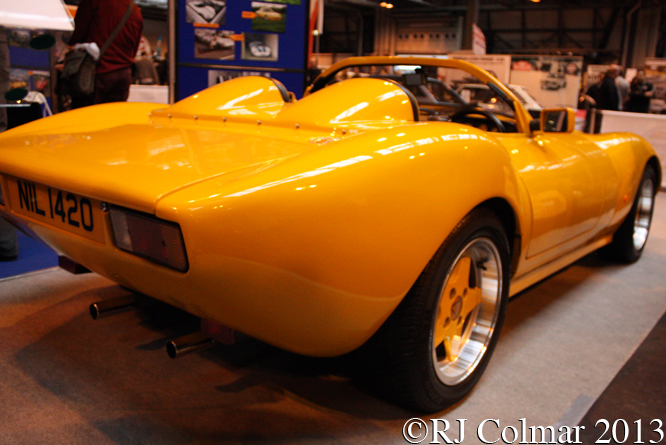
The Ginetta G33 continues to grow on me, ever since I saw one competing at Gurston Down earlier this year I have had a real yearning to try the model.
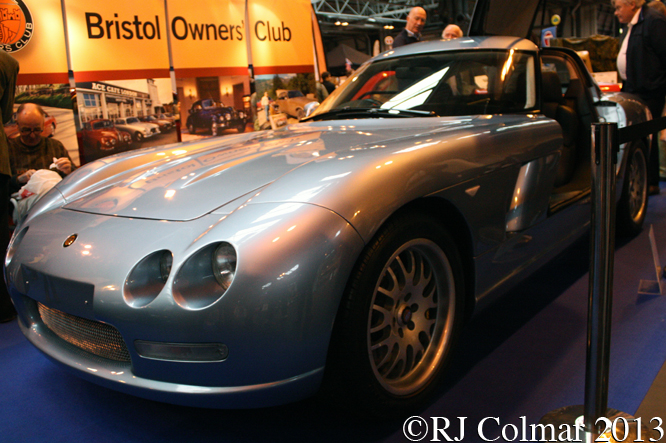
The undisputed high light of the day for me however came when Bristol Owners Club member Mr Gibbs owner of this 210 mph Bristol Fighter, the last Bristol to be completed to date, invited me to try the drivers seat for size, wow !, what an experience at 6′ tall I do not fit comfortably in many cars, especially those with any kind of performance credibility but the Bristol fitted like a glove. After posting this blog next on my to do list is write a nice letter to a big chap with a white beared and a red and white outfit, Dear Santa …..
Thanks for joining me on this “Christmas Came Early” edition of “Gettin’ a li’l psycho on tyres”, I hope you will join me again tomorrow for a look at a Falcon Station Wagon. Don’t forget to come back now !


